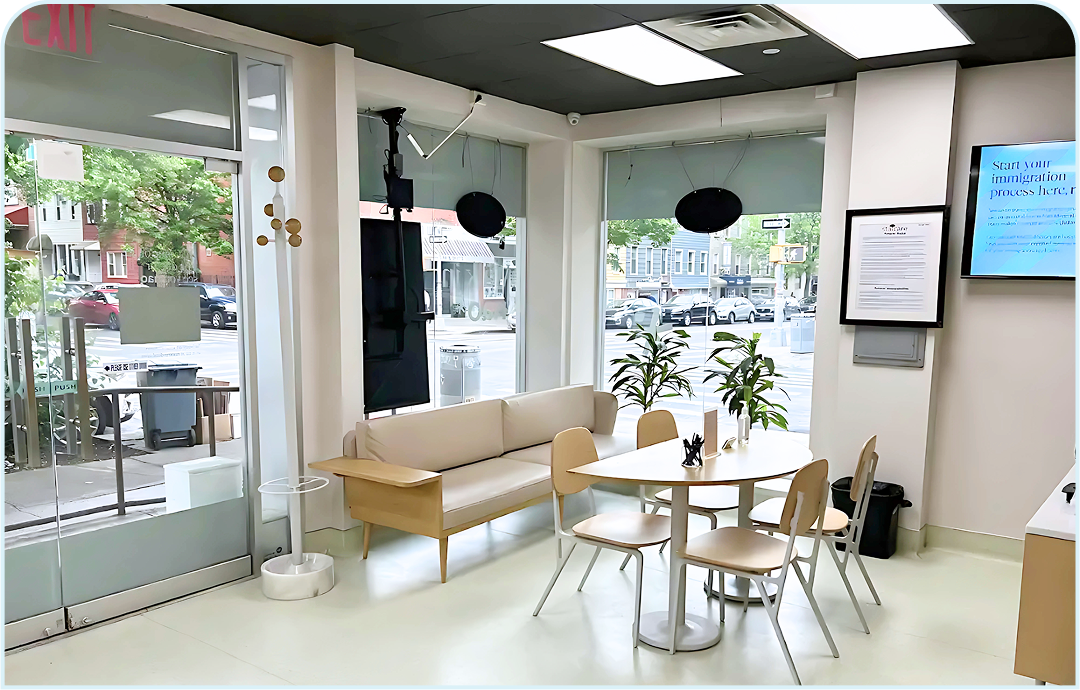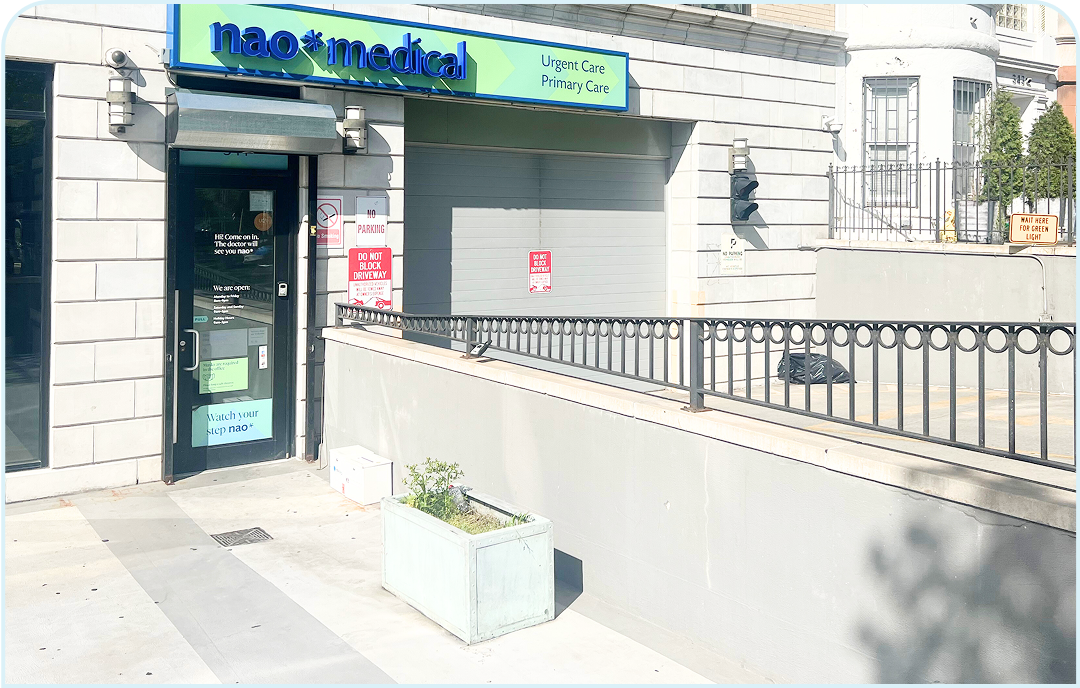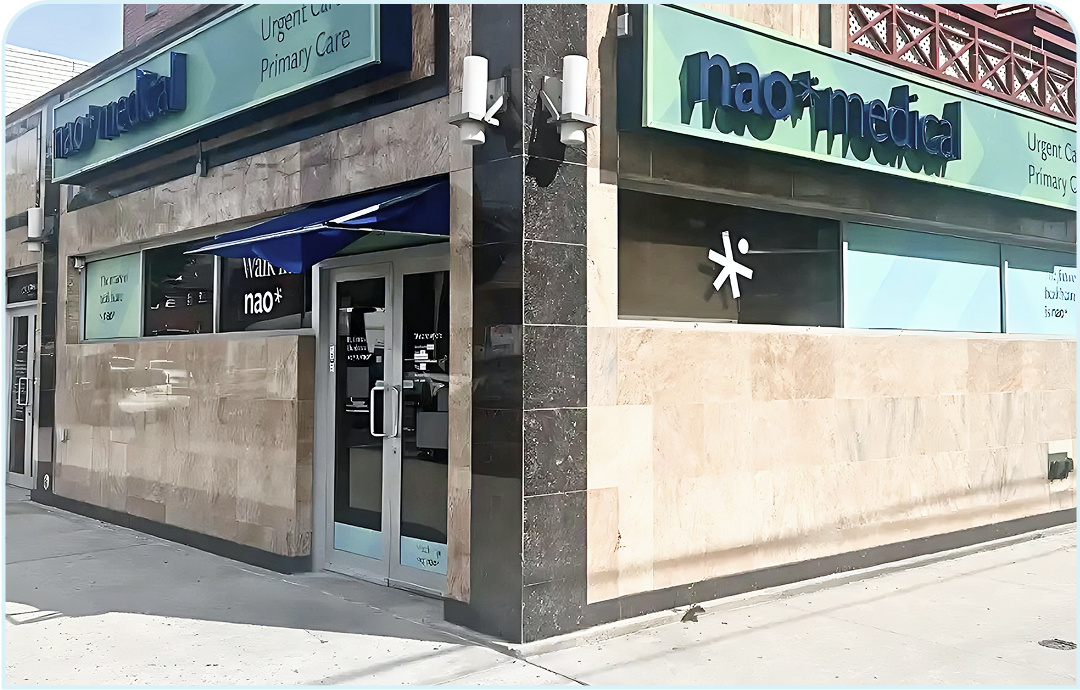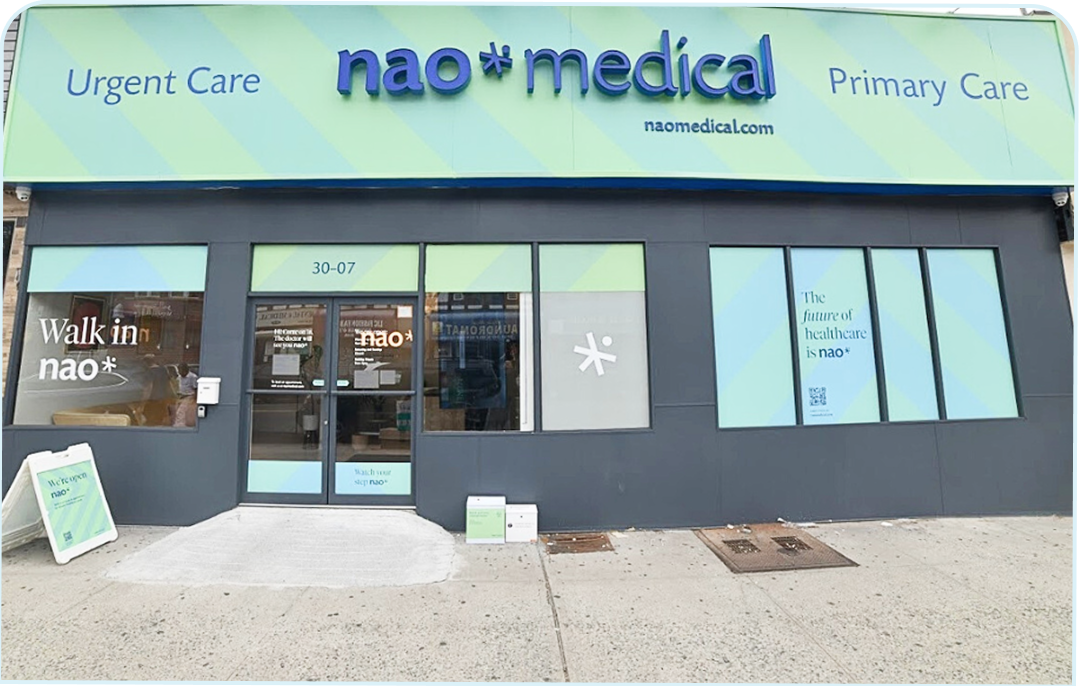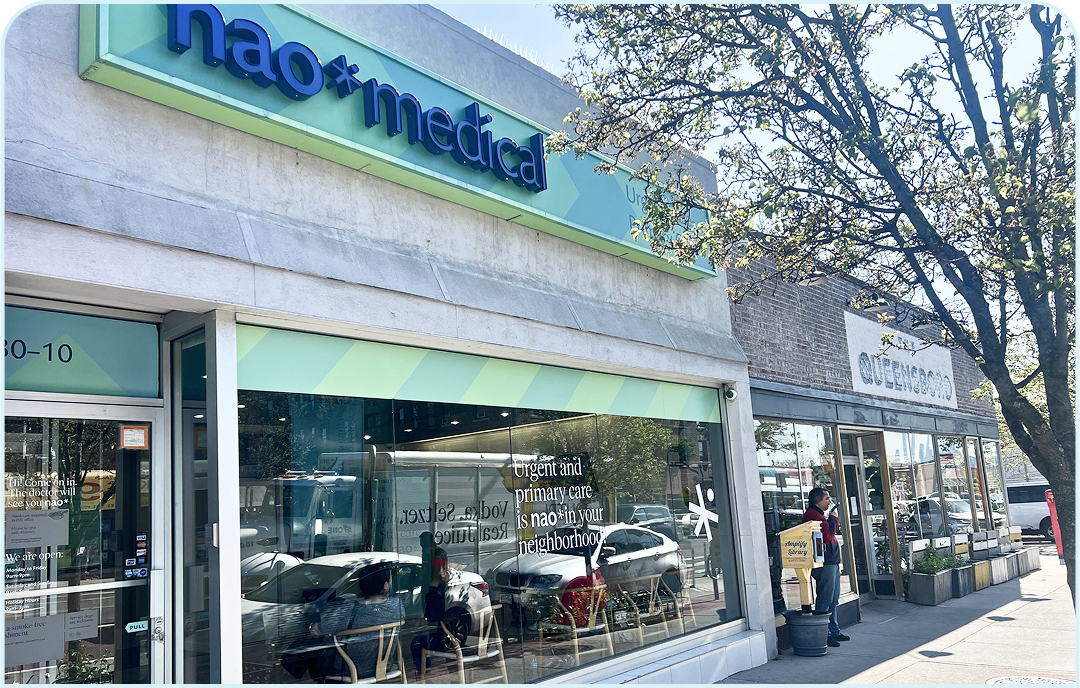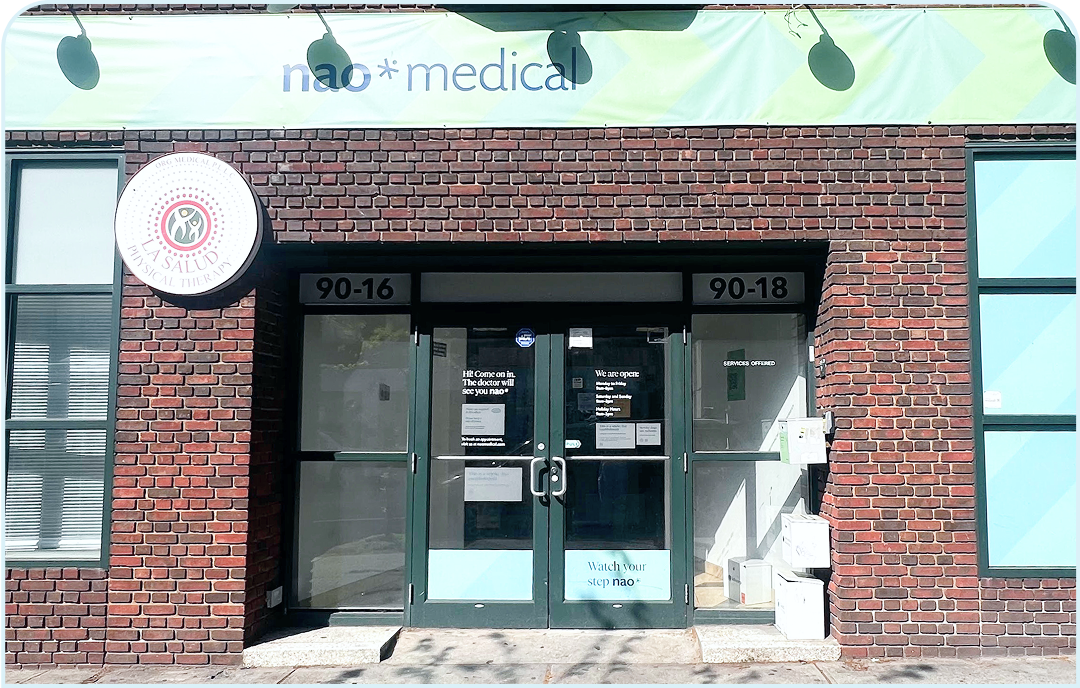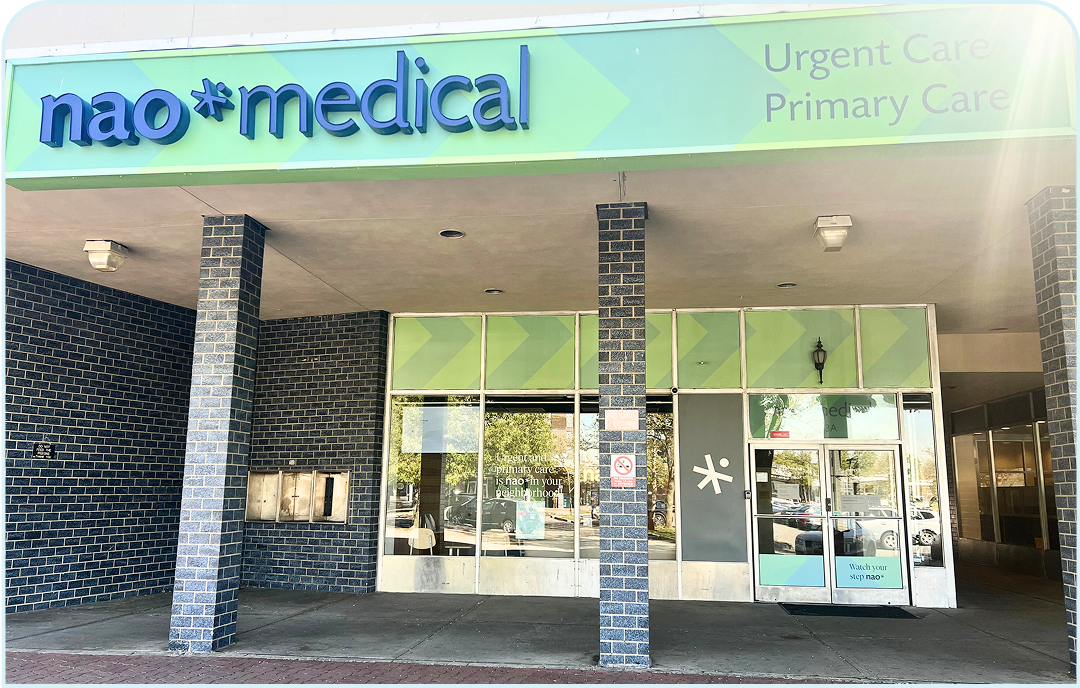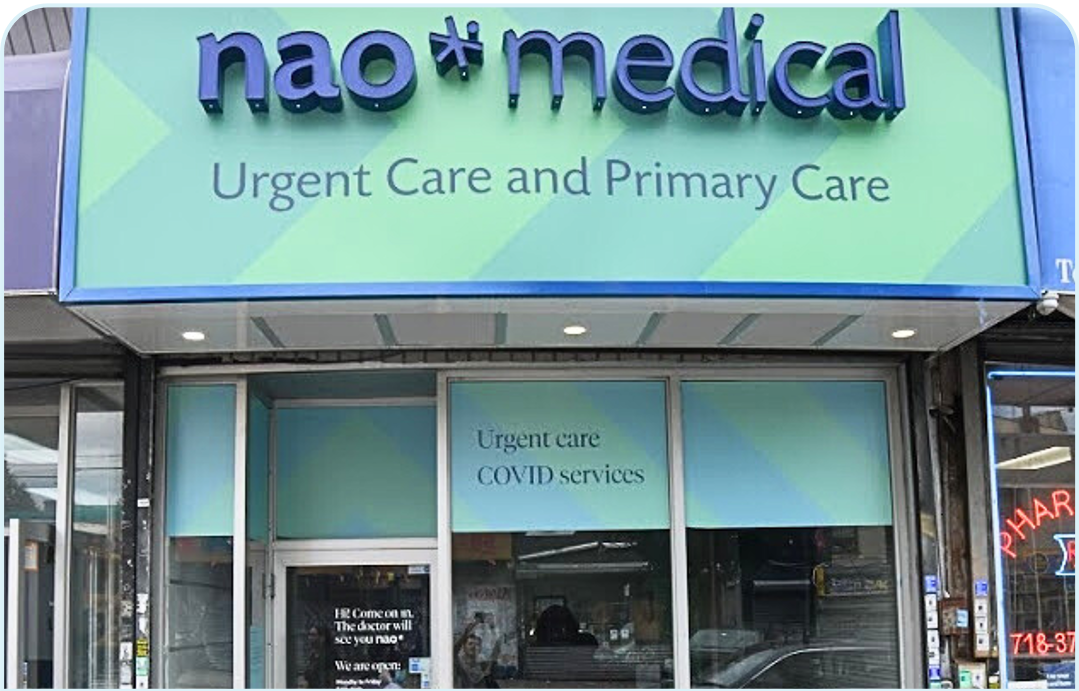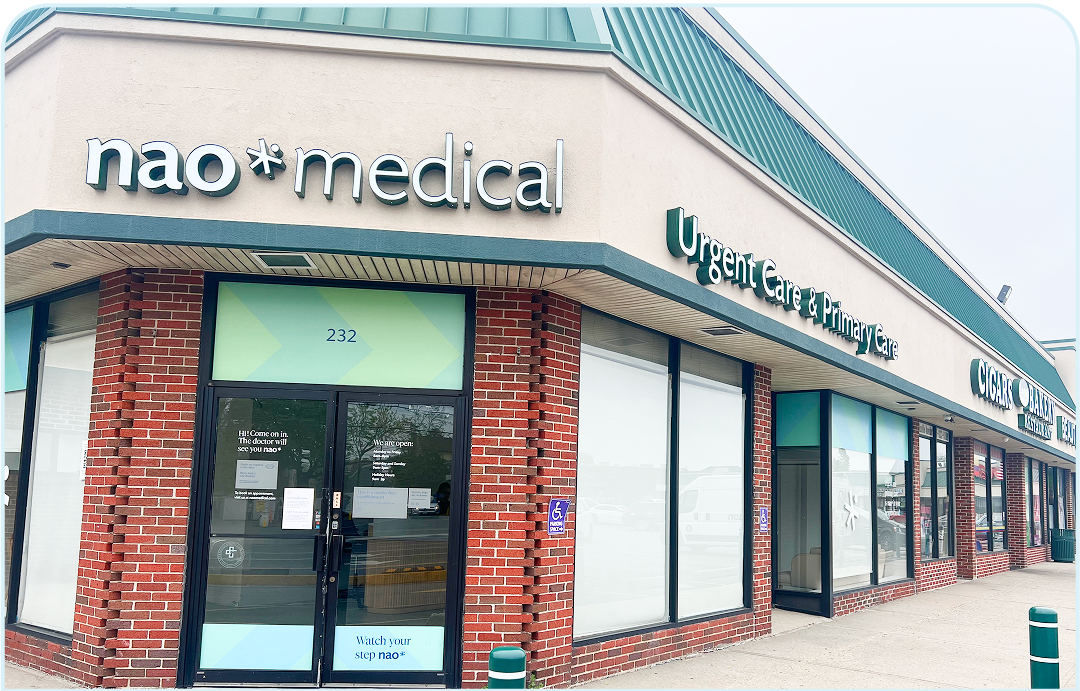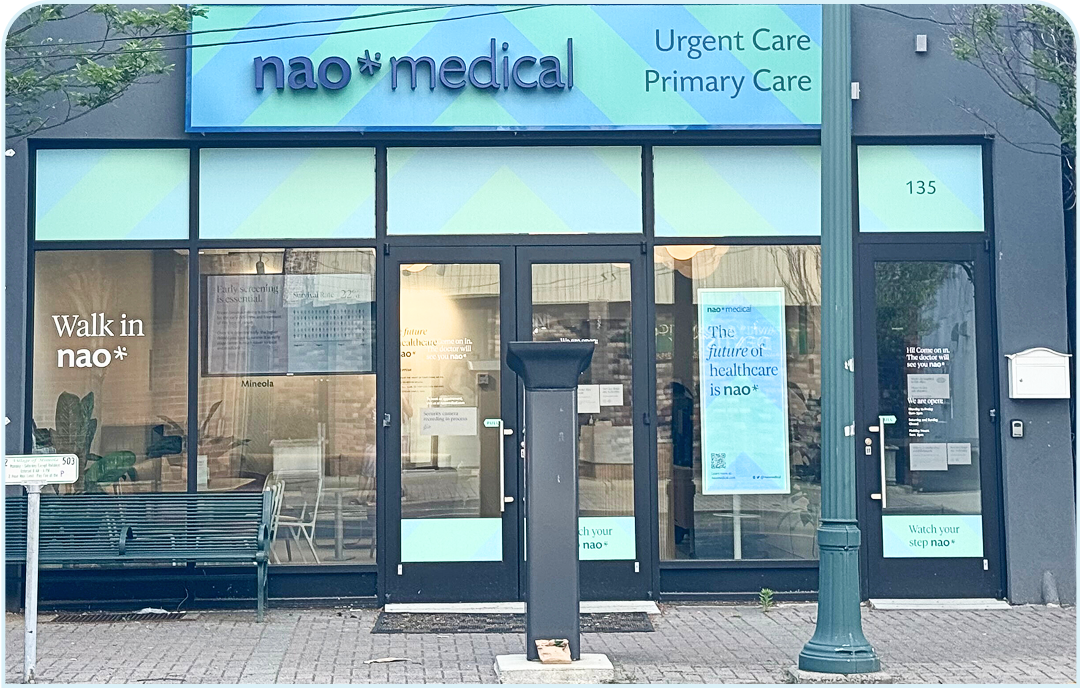Have you recently taken a PPD test and received a positive result? Don’t worry, you’re not alone. Many people test positive for PPD, but that doesn’t necessarily mean they have tuberculosis (TB).
What is PPD?
PPD stands for purified protein derivative. It’s a test that helps identify people who have been exposed to the bacteria that cause TB. A small amount of PPD is injected under the skin of the forearm, and a healthcare professional will check the site after 48-72 hours to see if there is a reaction.
What does a positive PPD test mean?
A positive PPD test means that you have been exposed to TB bacteria at some point in your life. It doesn’t necessarily mean that you have active TB, but it does indicate that you have latent TB infection. This means that the TB bacteria are present in your body, but your immune system has contained the infection and prevented it from developing into active TB disease.
What should you do if you test positive for PPD?
If you have a positive PPD test, the next step is to get further testing to determine whether you have active TB disease or latent TB infection. This can include a chest X-ray, sputum culture, or other tests as recommended by your healthcare provider.
If you have latent TB infection, you may need treatment to prevent the infection from developing into active TB disease. This typically involves taking medication for several months, as prescribed by your healthcare provider. You may also need to take additional steps to protect those around you, such as wearing a mask when you’re in crowded places.
How can you protect yourself and others?
The best way to protect yourself and others from TB is through preventive care. At Nao Medical, we offer a range of preventive care services, including TB testing and treatment, to help you stay healthy. Our team of caring and knowledgeable healthcare professionals will work with you to create a personalized care plan that meets your unique needs.
Other ways to protect yourself and others from TB include:
- Washing your hands frequently
- Avoiding close contact with people who have active TB disease
- Covering your mouth and nose when coughing or sneezing
- Maintaining a healthy lifestyle, including eating a balanced diet, getting regular exercise, and getting enough sleep
Conclusion
If you’ve tested positive for PPD, don’t panic. Take the next step and get further testing to determine if you have active TB disease or latent TB infection. If you have latent TB infection, seek treatment to prevent the infection from developing into active TB disease. And remember, the best way to protect yourself and others from TB is through preventive care. Contact Nao Medical today to learn more about our range of preventive care services, including TB testing and treatment, and take the first step toward better health.
FAQs
What is TB?
TB, or tuberculosis, is a bacterial infection that can affect the lungs, but it can also affect other parts of the body. It is spread through the air when someone with active TB disease coughs, sneezes, or talks. Not everyone with latent TB infection will develop active TB disease, but it is important to get tested and treated to prevent the infection from spreading.
What are the symptoms of TB?
Common symptoms of TB include coughing, chest pain, fever, and night sweats. Other symptoms can include loss of appetite, weight loss, and fatigue. It’s important to see a healthcare provider if you experience any of these symptoms, especially if you have been in close contact with someone who has active TB disease or if you have tested positive for PPD.
How is TB treated?
The treatment for TB depends on whether you have latent TB infection or active TB disease. If you have latent TB infection, you may need to take medication for several months to prevent the infection from developing into active TB disease. If you have active TB disease, you will need to take medication for several months to treat the infection. It’s important to take all medications as prescribed by your healthcare provider to ensure that the infection is completely treated.
Can TB be cured?
Yes, TB can be cured with appropriate treatment. It’s important to seek medical care if you suspect you have TB or have been exposed to someone with TB. With early detection and treatment, most people with TB can be cured and lead healthy, normal lives.
Disclaimer: The information in this blog post is not intended to replace professional medical advice, diagnosis, or treatment. Always seek the advice of your healthcare provider with any questions you may have regarding a medical condition. If you are experiencing a medical emergency, call 911 or go to the nearest emergency room immediately.




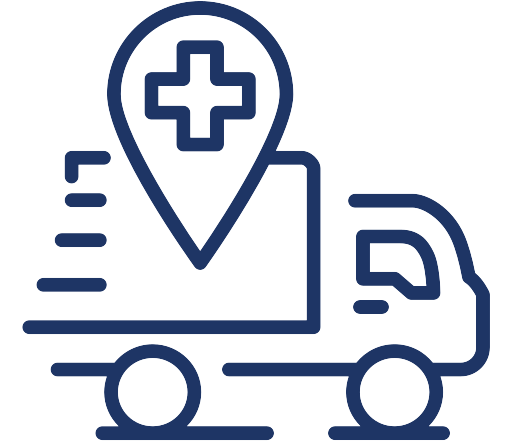
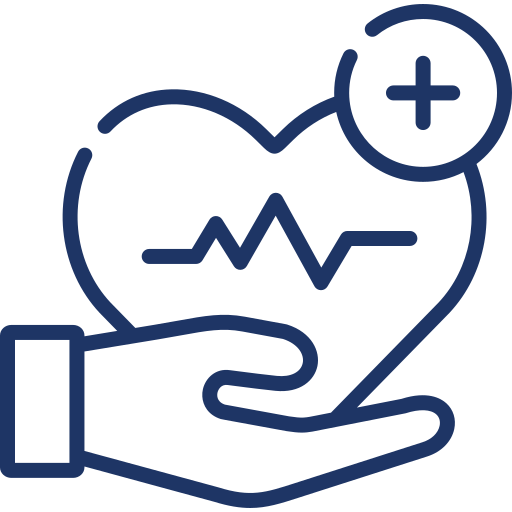
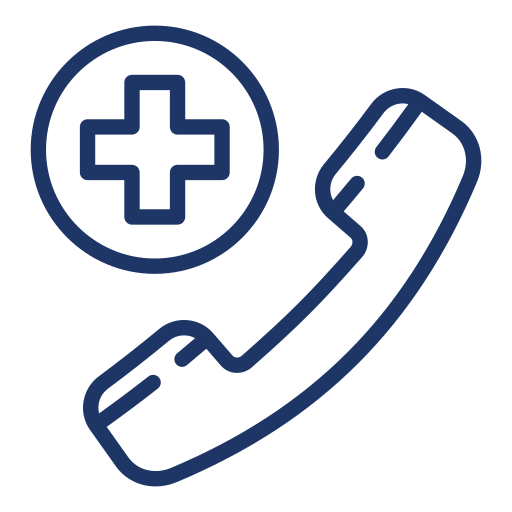
 (917) 310-3371
(917) 310-3371
